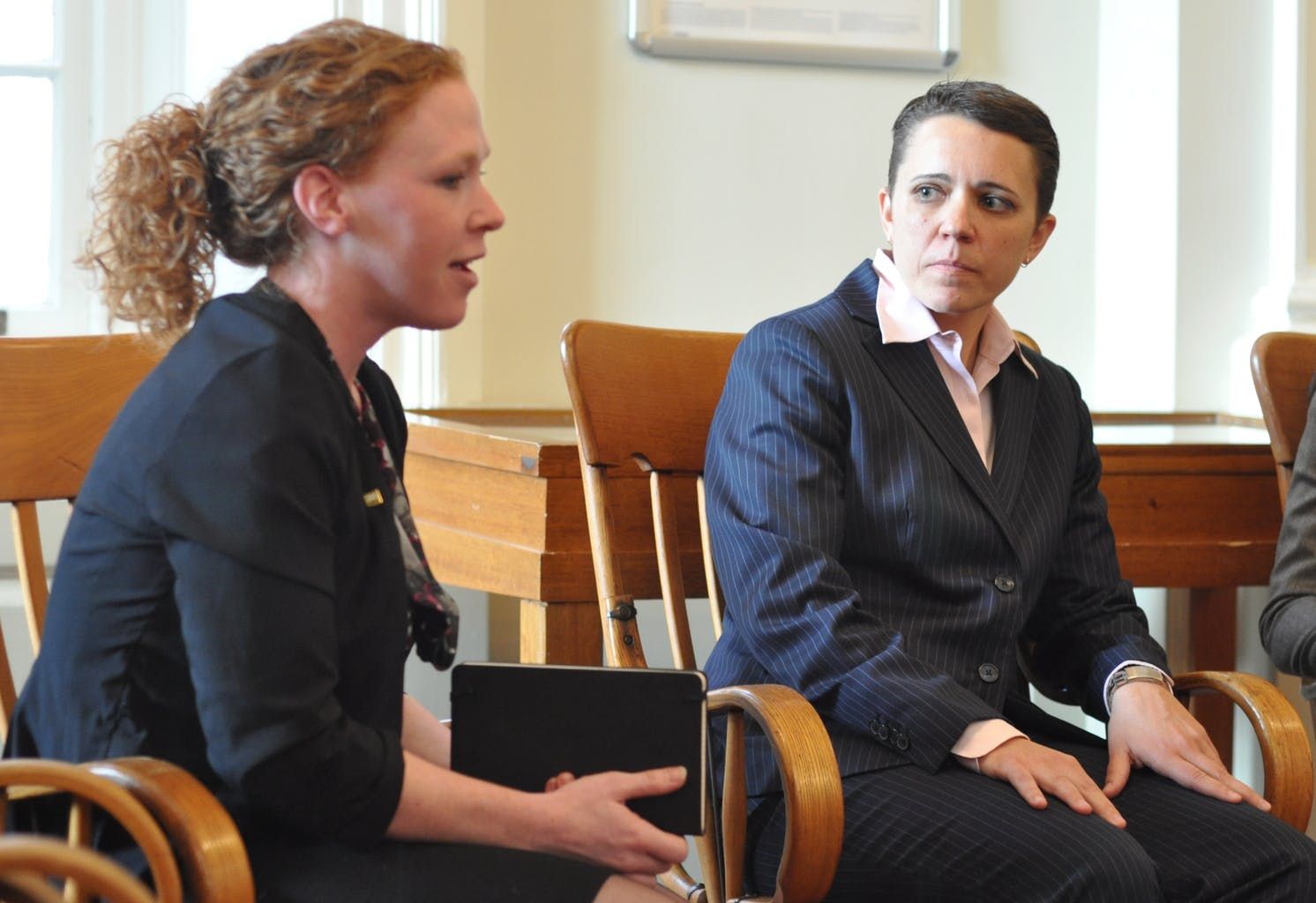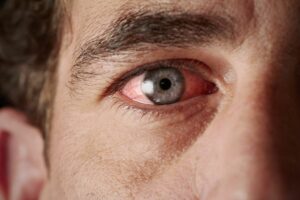Stress and anxiety have become two of the most prevalent sources of
illness in modern society. The Anxiety and Depression Association of
America concluded that anxiety disorders are the number-one most common
category of mood
disorder in
the country, and the National Institute of Mental Health estimates that
at least 40 million Americans, nearly one in five, struggle with
anxiety.
Statistics and Symptoms of PTSD
At the same time, the number of diagnoses for
PTSD,
or post-traumatic stress disorder, have been steadily increasing. PTSD
is a stress and anxiety condition resulting from exposure to extreme
trauma or the trauma of a loved one.
The U.S. Department of Veteran Affairs estimates that 31.3
million
Americans, 20 percent of the population, will experience PTSD symptoms
at some point in their lives. These symptoms include "being bombarded by
intrusive thoughts; avoiding people, places, and things; and
experiencing hyper awareness."
Other common symptoms of PTSD are persistent nightmares with
accompanying insomnia, unexpected triggers for re-experiencing the
trauma, flashbacks, adrenaline and hormone surges, extreme risk-taking
behavior and suicidal depression.
The Cost of Mistreatment
Although PTSD has been most often associated with soldiers returning
from war and survivors of rape attacks, the number of PTSD cases has
expanded as physicians have realized that other kinds of extreme trauma
can induce the same pathology.
Sandro Galea, an epidemiologist and chairman at the National Academy of
Sciences, stated starkly, "We are at the cusp of a wave of
PTSD,"
due to the ongoing nature of foreign wars along with failures in current
therapy options for PTSD sufferers. By some estimates, misdiagnosis and
mistreatment of
PTSD
has cost over $42.3 billion. One treatment that is gaining greater
acceptance now is the medicinal application of cannabis.
New Mexico as a Testing Ground
New Mexico became the first U.S. state to authorize medical cannabis as
a treatment for
PTSD in
2009 after many years of effective but unauthorized use, especially by
discharged soldiers. A study of the program’s successful outcomes,
titled *"*PTSD Symptom Reports of Patients Evaluated for the New Mexico
Medical Cannabis Program," was published in the Journal of Psychoactive
Drugs in 2014. It was then presented to the New Mexico Legislative
Health & Human Services Committee to clear up questions about medical
marijuana as a treatment option.
The study found that patients reported that cannabis use resulted in a
75 percent reduction on average in the three major categories of PTSD
symptoms: re-experiencing, avoidance and hyper-arousal. The report also
specified that there was a "lack of any harm or problems in functioning"
as a result of cannabis use by the patients.
How Different Strains Affect Various Symptoms
CBD and THC are the best studied of the
cannabinoids,
which also include CBG, CBC, CBN and CBDL. Strains with higher CBD have
been shown to be more effective at treating anxiety-related symptoms
while THC strains simulate the body’s natural mechanism for blocking
out harmful
memories.
The University of Buffalo reported in the Journal of Neuroscience that
its study on
endocannabinoids
demonstrated the role that these chemicals play in counteracting chronic
stress and regulating hyper-arousal. Endocannabinoids operate on the
same system of receptors as marijuana cannabinoids like THC, suggesting
that strains higher in THC should be considered when these kinds of
symptoms present more strongly in the patient.
PTSD and Cannabinoids in the Real World
Jack Stiegelman, a veteran of an Afghanistan deployment who founded
Vets For
Cannabis
after a back injury, reported immediate results from a strain that
treated pain and stress relief. He said, "The rage wasn’t there anymore.
It helped with the stabbing pains and relaxed my back spasms, and it
helped me think clearly and stay in tune with my body … I took medical
marijuana to stop some of the effects of the other medications."
That same reason is behind why psychiatrist Sue Sisley has led a
national campaign for greater research into medical marijuana and how it
could help vets fighting suicidal depression. She pointed out, "We do
have an epidemic of veteran suicide in this country. The question is, is
the epidemic related to untreated or underdiagnosed PTSD, and could
marijuana help deal with that epidemic?" She also pointed out that
medical marijuana is a more practical, less potentially dangerous
solution because it eliminates the likelihood of unknown drug
interactions.
Sisley summed up her argument for cannabis-based treatments, "PTSD has
such a broad constellation of symptoms, and you can end up taking eight,
10 medicines to manage a single syndrome. This plant enabled them to
walk away from all of these drugs."
New Vistas for Medical Marijuana Research
A great deal of research is underway across the country as 23 states and
the District of Columbia have approved medical
marijuana
for treatment of illnesses like PTSD and anxiety-related mood disorders.
In 2016, five more
states will be
deciding whether to allow medical marijuana for these kinds of
treatments. Public opinion is opening up, but now additional scientific
research needs to follow to make sure patients are receiving the right
form of treatment. Today, it requires the careful evaluation by a
medical professional to determine which strain is most effective in each
individual case. Consult a healthcare professional for more information
about this complex and rapidly changing field of research.






